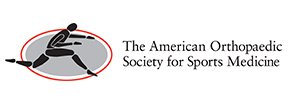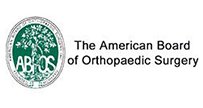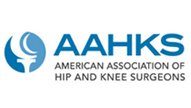Reverse Shoulder Replacement

Reverse total shoulder replacement, is an advanced surgical technique specifically designed for rotator cuff tear arthropathy, a condition where the patient suffers from both shoulder arthritis and a rotator cuff tear.
The shoulder joint is a ball and socket joint formed by the union of the head of the upper arm bone (humerus) and the shoulder socket (glenoid). The rotator cuff is a group of four tendons that join the head of the humerus to the deeper shoulder muscles to provide stability and mobility to the shoulder joint.
When the rotator cuff is torn, it can cause wear and tear to the shoulder joint and lead to shoulder arthritis. Conventional surgical methods such as total shoulder joint replacement have been shown to be significantly ineffective in the treatment of Rotator cuff arthropathy.
Conventional shoulder replacement surgery involves replacing the ball of the arm bone (humerus) with a metal ball and the socket (glenoid cavity) of the shoulder blade (scapula) with a plastic socket. If this surgery is used to treat rotator cuff arthropathy, it may result in loosening of the implants due to the torn rotator cuff. Therefore, a specifically designed surgery was developed called reverse total shoulder replacement to be employed in such cases.
In reverse total shoulder replacement, the placement of the artificial components is essentially reversed. In other words, the humeral ball is placed in the glenoid cavity of the shoulder blade (scapula) and the plastic socket is placed on top of the arm bone. This design makes efficient use of the deltoid muscle, the large shoulder muscle, to compensate for the torn rotator cuff.
Symptoms
Patients with rotator cuff arthropathy may feel pain (usually at night) and weakness within the involved shoulder. Patients may have had a prior rotator cuff repair or a history of multiple repairs. The most common symptom is the inability to raise the arm above the shoulder to perform overhead activities.
Ideal candidates for surgery
Reverse total shoulder replacement may be recommended for the following situations:
- completely torn rotator cuff that is difficult to repair
- presence of cuff tear arthropathy
- Previous unsuccessful shoulder replacement
- Severe shoulder pain and difficulty in performing overhead activities
- Continued pain despite other treatments such as rest, medications, cortisone injections, and physical therapy
Procedure
Reverse total shoulder replacement surgery is performed with the patient under general anesthesia.
- Your surgeon makes an incision over the affected shoulder to expose the shoulder joint
- The humerus is separated from the glenoid socket of the scapula (shoulder blade)
- The arthritic parts of the humeral head and the socket are removed and prepared for insertion of the artificial components
- The artificial components include the metal ball that is screwed into the shoulder socket and the plastic cup that is cemented into the upper arm bone
- The artificial components are then fixed in place
- The joint capsule is stitched together, the tissues approximated and the wound is closed with sutures.
Post-operative care
Patients can get out of the bed on the same day of the surgery, but usually stay in the hospital for 1-2 days. General post-operative instructions include:
- Take all prescribed medications as instructed
- Undergo gentle range of motion exercises to increase your shoulder mobility
- Physical therapy will be recommended to strengthen the shoulder and improve flexibility
- Avoid overhead activities for at least 6 weeks
- Don’t push yourself up out of a chair or bed using your shoulder muscles
- Avoid lifting heavy objects
Risks and complications
Possible risks and complications associated with reverse total shoulder replacement surgery include:
- Infection
- Dislocation or instability of the implanted joint
- Fracture of the humerus or scapula
- Damage to nerves or blood vessels
- Blood clots (deep vein thrombosis)
- Wound irritation
- Arm length discrepancies
- Wearing out of the components











